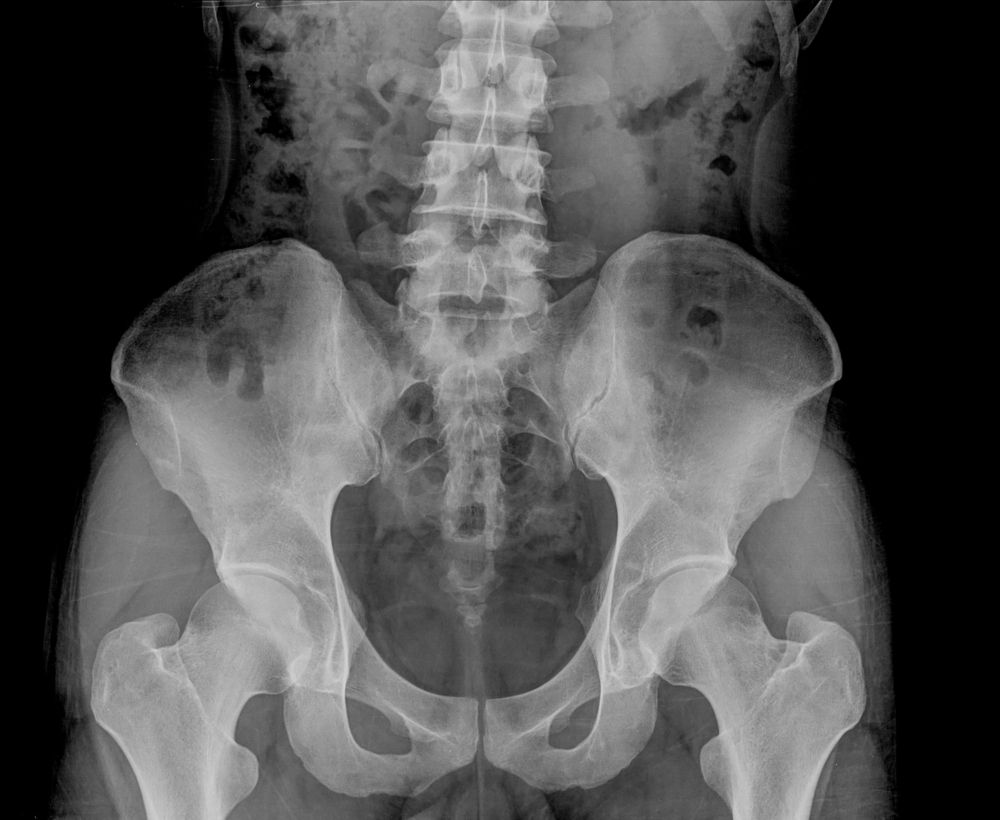Osteoporosis: Too Much -- or Not Enough - - RX?
This is the latest sortie in the war between over- and under-treatment of osteoporosis.
©thailoei92/shutterstock.com

Lee, DB, Adler RA, Gagel RF. Letters: Preventing hip fractures: Treatment of osteoporosis is not futile. BMJ. 2015;351:h3274 doi: http://dx.doi.org/10.1136/bmj.h3274 (14 July 2015)
This is the latest sortie in the war between over- and under-treatment of osteoporosis. This letter is in reply to
Järvinen TLN, Michaëlsson K, Jokihaara J, et al. Analysis: Too Much Medicine: Overdiagnosis of bone fragility in the quest to prevent hip fracture. BMJ 2015;350:h2088. doi: 10.1136/bmj.h2088 (26 May 2015)
Järvinen et al challenged the FRAX prediction tool. Guidelines and advocacy organizations assume that osteoporosis is associated with fractures, that osteoporsis causes fractures, and that increasing bone mineral density can reduce fractures. Järvinen et al challenged those assumptions too.
Hip fractures are a rare event, Järvinen et al argued. Most hip fractures occur in people who don’t have osteoporosis, they wrote. Cigarette smoking actually has a greater effect on fractures than bone mineral density.
The magnitude of effect is low, Järvinen wrote. In the randomized controlled trials of bisphosphonates, the number needed to treat for 3 years to prevent 1 hip fracture was 175. The results were marginal, they wrote, and not worth the costs and adverse events.
The evidence for treatment is weak. Most trials excluded women over 75, the principal risk group, and trials with women over 75 failed to show an effect, Järvinen wrote.
Fall prevention programs with exercise training reduce fractures to a degree comparable to drugs, they Järvinen.
The letter from Lee et al is a response from the National Bone Health Alliance. “A wealth of evidence indicates that treatment of people who have already had a fracture prevents secondary spine and hip fractures,” they wrote, citing
Lyles KW, Colon-Emeric CS, Magaziner JS, et al. HORIZON pivotal fracture trial. Zoledronic acid and clinical fracture and mortality after hip fracture. N Engl J Med. 2007;357:1799-1809.
which found a 35% reduction in new clinical fractures and a 28% reduction in death from any cause, as compared with placebo.